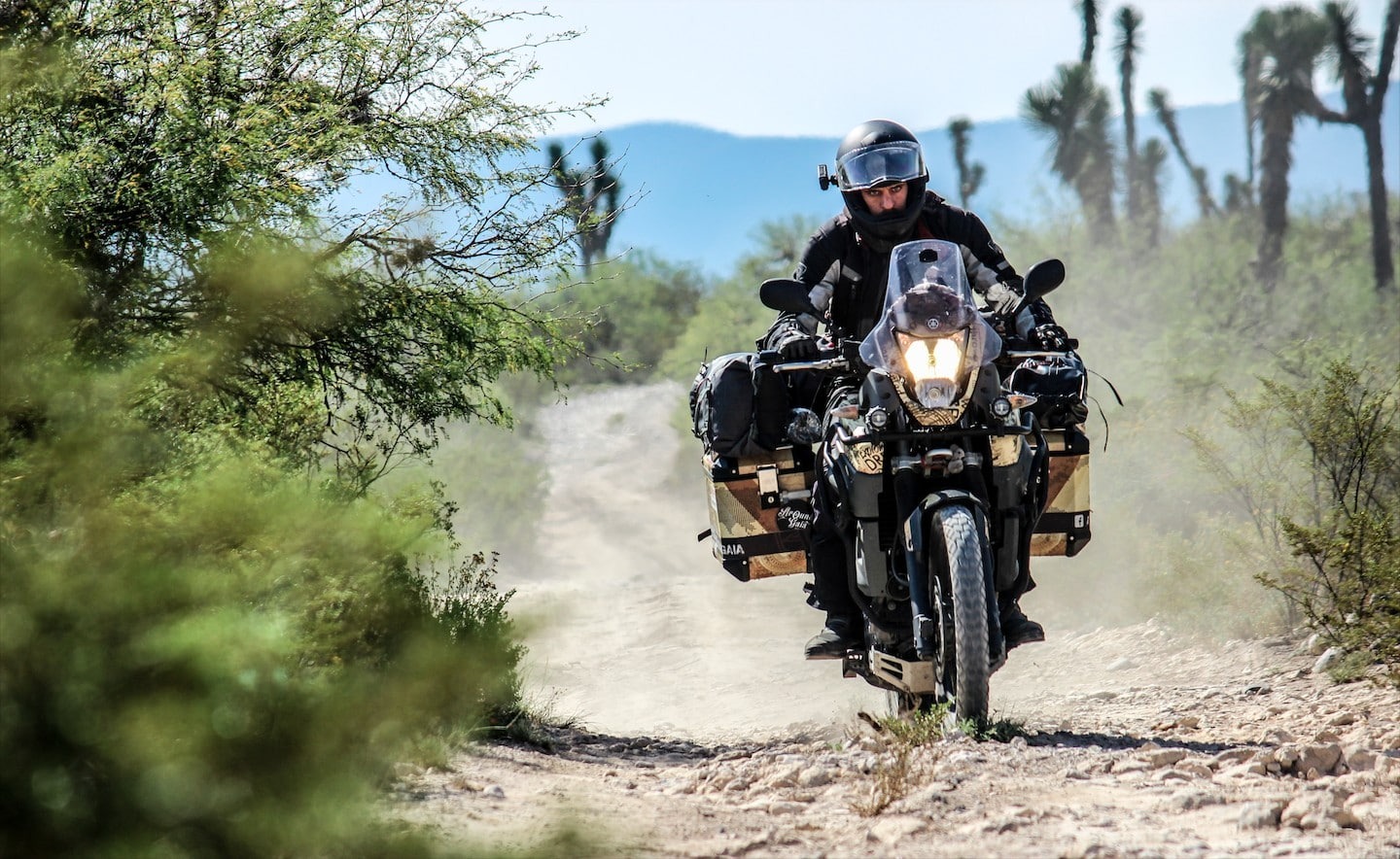Long-distance motorcycle touring is one of the purest ways to connect with the open road. Riders who enjoy this style of travel often look for machines that can keep them comfortable, confident, and in control for hours or even days without stopping.
The best touring motorcycles strike a fine balance between performance, comfort, and endurance. They are engineered to handle varying road conditions, carry luggage with ease, and keep the rider’s fatigue to a minimum.
On the other side of the equation are motorcycles that may be thrilling for short rides but prove exhausting and impractical for extended journeys. Some bikes offer powerful performance yet lack the seating comfort, suspension quality, or fuel range required for consistent highway travel.
While they may shine in city commutes or weekend rides, they struggle to deliver the steady, composed performance needed for long tours. Motorcyclists have different expectations for what makes a ride comfortable across hundreds of miles. For some, it is about plush seating and smooth suspension.
For others, it is wind protection and luggage capacity. A well-designed touring bike integrates all of these elements without compromising on handling or reliability. The wrong choice, however, can turn what should be a pleasant adventure into a tiring ordeal.
We will look at ten motorcycles. The first five are designed to make touring miles feel effortless, offering comfort, stability, and dependable performance. The next five, while they have their strengths, are less suited for covering long distances.
By understanding the strengths and weaknesses of each, riders can make informed decisions and select a machine that matches their travel style. Whether you prefer laid-back cruising or spirited sport-touring, knowing which motorcycles excel and which ones lag can make all the difference on your next long ride.
5 Bikes That Handle Touring Miles
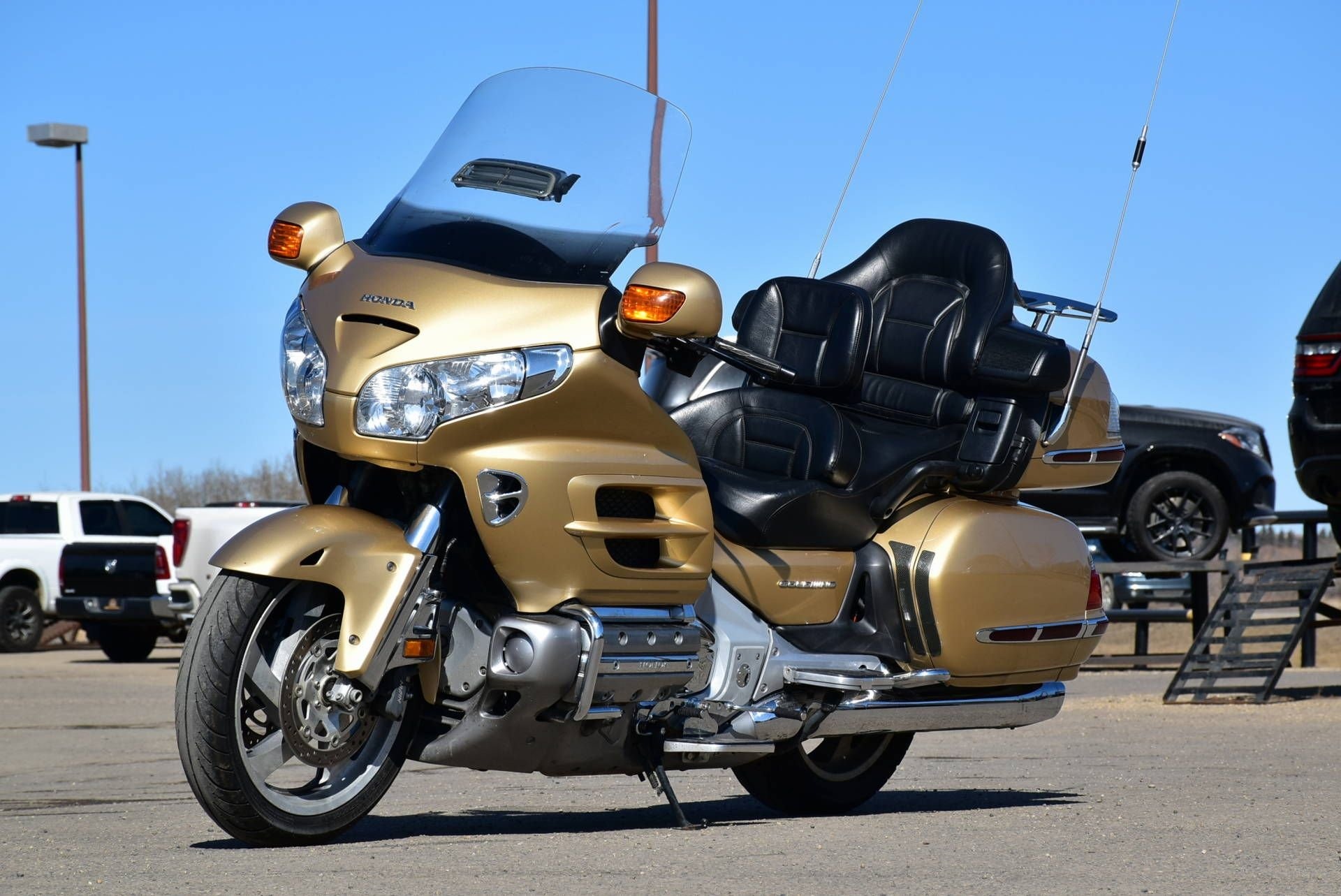
1. Honda Gold Wing
The Honda Gold Wing has long been regarded as a benchmark for touring motorcycles. Its design philosophy revolves around making long-distance riding effortless.
The bike comes equipped with a powerful flat-six engine that delivers smooth and consistent performance, enabling riders to cruise for hours without feeling the strain of constant throttle adjustments. The engine is refined, producing minimal vibration, which greatly enhances comfort during extended highway runs.
One of the Gold Wing’s biggest advantages is its ergonomics. The seating is wide and supportive, designed for both rider and passenger comfort. The seat height is balanced to allow good visibility while keeping feet firmly planted during stops. This seating design, paired with a well-positioned handlebar, helps reduce fatigue in the wrists, shoulders, and lower back over extended periods.
Wind protection is another standout feature. The large adjustable windscreen and aerodynamic fairing shield the rider from strong gusts, road debris, and rain. This makes it possible to maintain higher cruising speeds without being battered by the elements. The suspension system is well-tuned to absorb road imperfections, whether riding over smooth highways or slightly rougher rural roads.
The Gold Wing is also known for its generous storage options. Integrated hard saddlebags and a top case provide ample space for luggage, tools, and personal items, making it perfect for multi-day trips.
Many modern versions feature advanced electronics, including navigation systems, audio setups, heated seats, and Bluetooth connectivity. These features transform the riding experience into something closer to a luxury car than a bare motorcycle.
Fuel range is another strong point, with the large tank supporting extended travel between stops. Combined with excellent reliability, the Gold Wing is built to cover thousands of miles without major mechanical worries. For riders seeking a dependable and supremely comfortable tourer, this motorcycle remains one of the most trusted choices on the market.
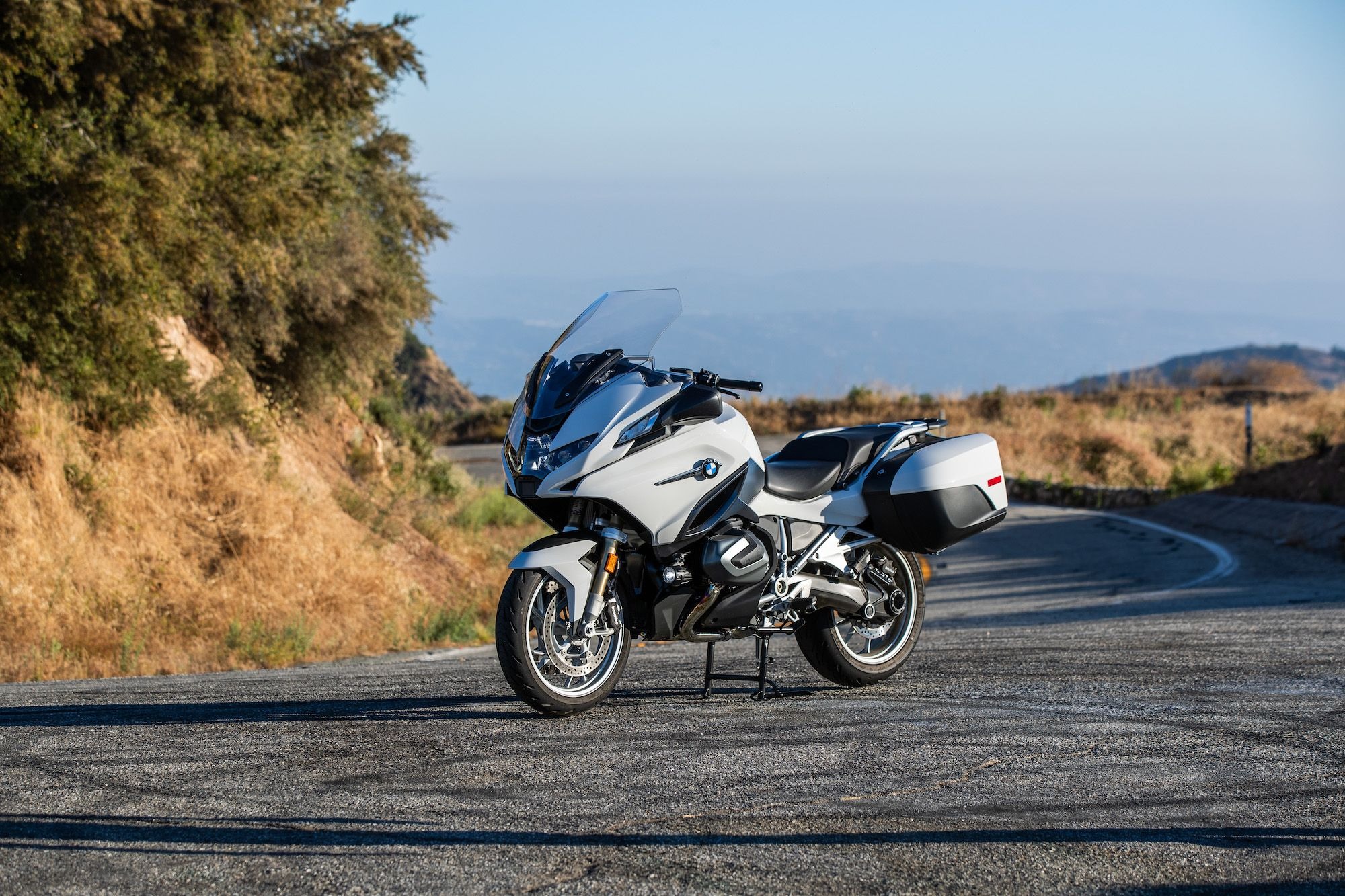
2. BMW R 1250 RT
The BMW R 1250 RT is designed with a focus on comfort, handling precision, and advanced touring technology. This motorcycle blends sporty agility with long-distance practicality, making it a favourite among riders who want versatility on the open road.
Its heart is the 1,254cc boxer twin engine, which delivers smooth torque across the rev range. The unique boxer layout keeps the bike’s centre of gravity low, which improves stability, especially during highway cruising and when carrying a passenger with luggage.
Comfort is a major highlight of the R 1250 RT. The seat is sculpted to support the rider’s posture during extended rides, and it can be adjusted to fit different heights. The handlebars are positioned to reduce pressure on the arms and shoulders, ensuring that fatigue does not set in quickly.
The footpeg placement is also tuned to allow a relaxed knee angle, something that is important for riders spending many hours in the saddle. Wind and weather protection are exceptional. The electrically adjustable windscreen allows riders to tailor airflow at the touch of a button, making it easy to adapt to different riding conditions.
The front fairing channels air smoothly around the rider, reducing buffeting and noise. This not only improves comfort but also reduces strain on the rider’s body during high-speed touring. BMW equips the R 1250 RT with an advanced suite of electronics. Standard features include cruise control, multiple riding modes, traction control, and an integrated navigation display.
Many riders also appreciate the heated grips and seat, which extend the riding season into colder months. The suspension, featuring BMW’s Dynamic ESA (Electronic Suspension Adjustment), adapts automatically to road conditions and load, ensuring consistent ride quality.
Storage space is more than adequate, with integrated panniers and optional top cases. The fuel economy is commendable for a bike in its class, allowing for long stretches between fuel stops. For those seeking a balance between sporty performance and relaxed comfort, the BMW R 1250 RT is one of the finest motorcycles available for touring enthusiasts.
Also Read: 5 Bikes That Start Instantly and 5 That Take Forever
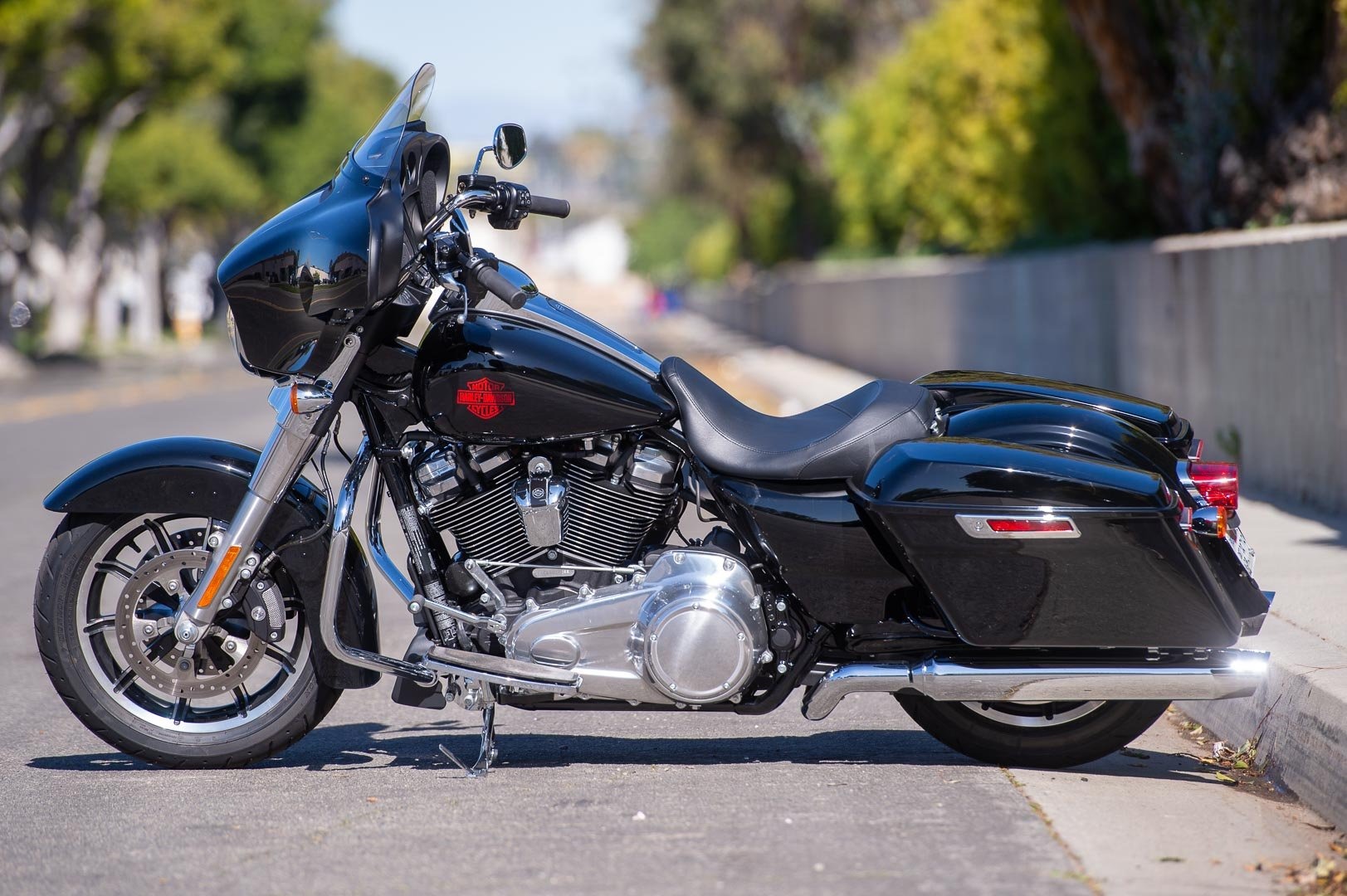
3. Harley-Davidson Electra Glide
The Harley-Davidson Electra Glide is built for riders who see touring as a lifestyle rather than just a riding style. Known for its iconic American cruiser design, the Electra Glide combines classic styling with modern touring capability.
Its Milwaukee-Eight V-twin engine produces smooth and steady power, ideal for long highway stretches. This engine’s character delivers a relaxed but strong pull, keeping the rider in control without constant gear changes. Rider comfort is at the forefront of the Electra Glide’s design. The large, cushioned seat supports long hours in the saddle, while the riding position is upright and relaxed.
Wide handlebars allow for natural arm positioning, and the forward-mounted foot controls enable an open leg stance, reducing cramping on extended journeys. Passengers also benefit from a wide, supportive seat with a backrest for added comfort.
Wind protection is provided by the signature Batwing fairing, which channels airflow around the rider, making high-speed travel more comfortable. The fairing also houses an infotainment system that includes navigation, audio, and Bluetooth connectivity. This integration of technology allows riders to enjoy music, receive calls, and follow routes without compromising safety.
The Electra Glide’s suspension is tuned for smooth, controlled performance, absorbing road imperfections and maintaining stability, even with a full load of luggage. Speaking of luggage, the bike comes with spacious hard saddlebags that can store travel essentials and gear for multi-day rides.
Harley-Davidson emphasizes stability and balance, making the Electra Glide manageable despite its substantial size. Its weight contributes to a planted feel on the highway, yet the low seat height helps riders keep control at stops.
The combination of comfort, style, and long-distance capability ensures that the Electra Glide remains a top choice for riders who value both heritage and function in a touring motorcycle.
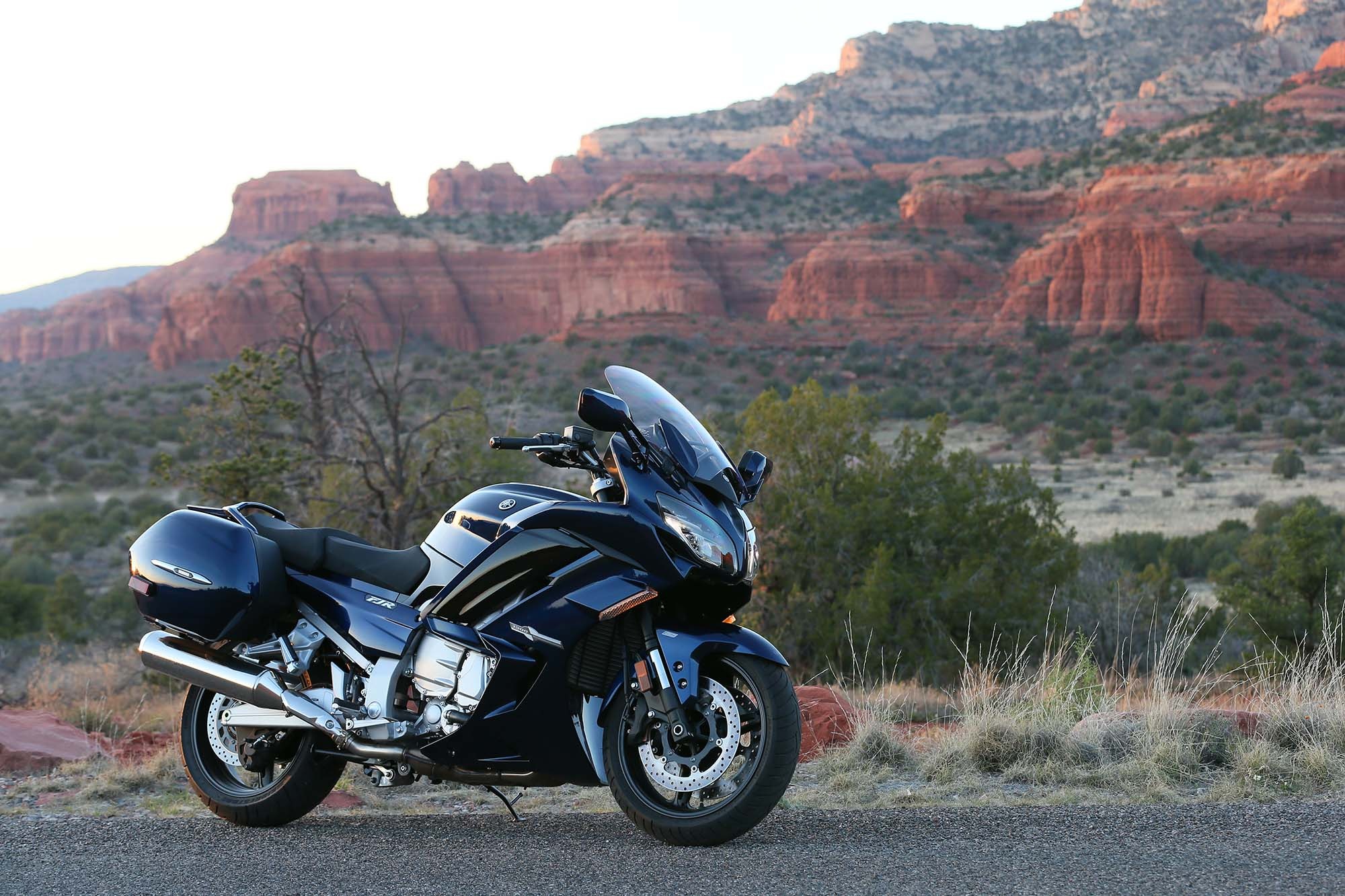
4. Yamaha FJR1300
The Yamaha FJR1300 is a sport-touring machine that blends performance with endurance. It is powered by a 1,298cc inline-four engine that produces strong acceleration and a smooth, steady cruising capability. This balance makes it equally suited for fast highway stretches and winding backroads.
Riders appreciate the FJR1300’s adjustable ergonomics. The seat height can be modified, and the handlebars can be repositioned to suit different body types and preferences. This adaptability ensures that the bike can accommodate a wide range of riders, all while maintaining comfort during extended journeys.
Wind protection is handled by an electrically adjustable windscreen that allows riders to fine-tune airflow without stopping. The fairing design directs air away from the rider’s torso, reducing fatigue caused by wind pressure. For cold-weather riding, heated grips are available to keep hands warm, extending the comfort range in cooler climates.
The FJR1300 comes with advanced touring technology, including cruise control, traction control, and ABS. The suspension system is adjustable, enabling riders to set the bike up for solo travel, two-up riding, or heavy luggage loads. Its integrated hard panniers offer generous storage capacity, and they are designed to blend seamlessly with the bike’s sleek styling.
Fuel range is another strong point for the FJR1300, thanks to its efficient engine and large fuel tank. Riders can cover considerable distances between fuel stops, which is critical for cross-country travel. Yamaha’s reputation for reliability ensures that the FJR1300 will perform consistently over years of touring use.
With its combination of sporty handling, strong performance, and rider-focused comfort, the Yamaha FJR1300 appeals to those who want a touring motorcycle that can handle both long-distance cruising and spirited riding without compromise.
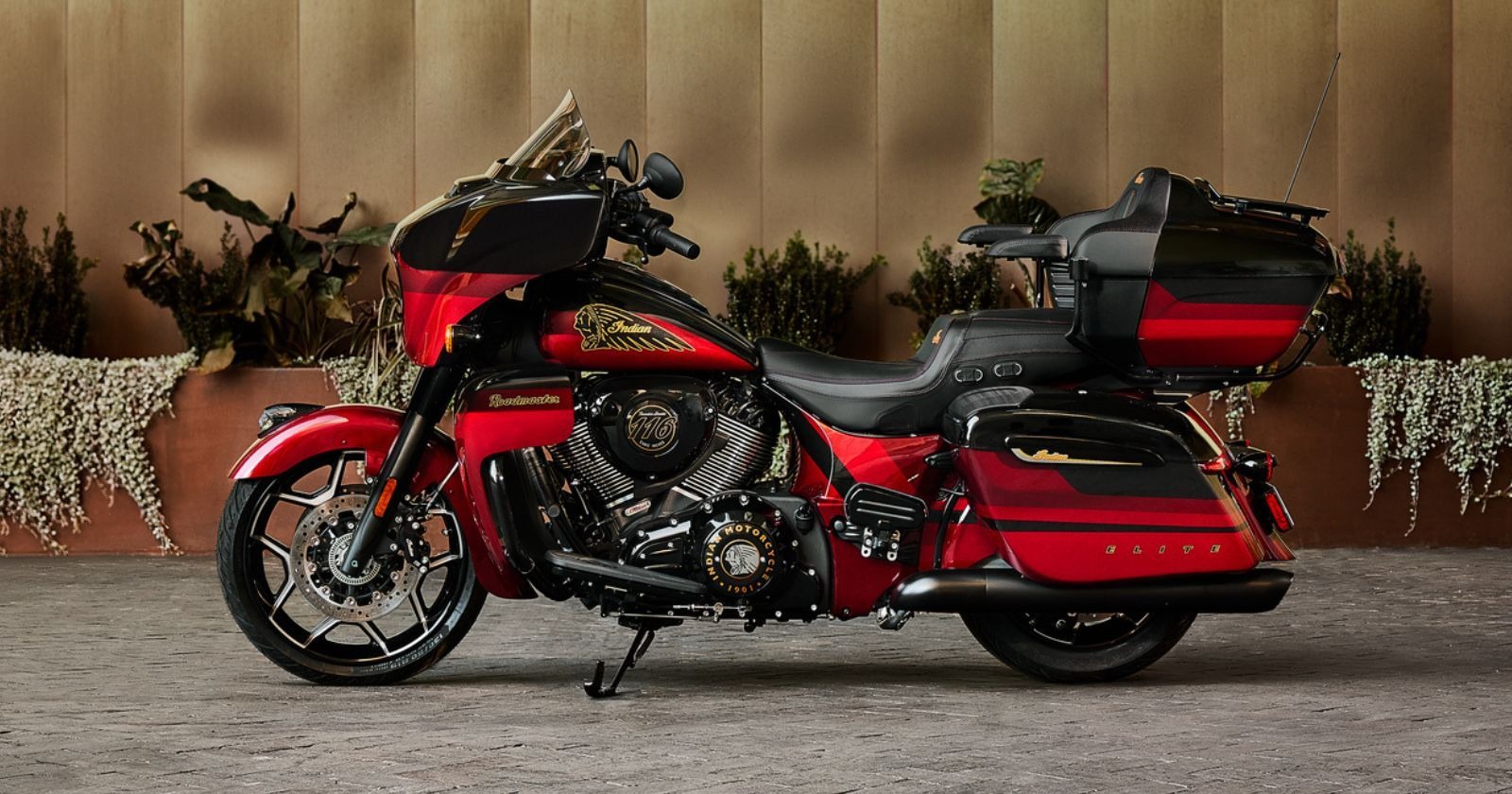
5. Indian Roadmaster
The Indian Roadmaster represents a blend of luxury touring and timeless cruiser aesthetics. Powered by the Thunderstroke 116 V-twin engine, it delivers a smooth, torquey performance that makes covering miles feel effortless. The engine’s relaxed power delivery is perfect for highway travel, offering plenty of low-end grunt without requiring frequent gear changes.
Comfort is a priority in the Roadmaster’s design. The large, plush seat is supportive for both rider and passenger, while the ergonomics promote a relaxed posture. The floorboards allow for varied foot positions, reducing stiffness on long rides. Passengers enjoy generous space, complete with armrests and a padded backrest for a more comfortable experience.
The bike’s fairing and windscreen provide excellent wind protection, reducing fatigue during long hours in the saddle. The windscreen is adjustable, allowing riders to adapt airflow to different weather conditions. The Roadmaster also includes heated grips and heated seats, making it suitable for riding in colder climates.
Technology is integrated seamlessly into the touring experience. The infotainment system features navigation, Bluetooth, and premium audio, ensuring that riders remain connected and entertained on the road. Storage is abundant, with hard saddlebags and a spacious top trunk offering more than enough space for extended trips.
The suspension setup absorbs road imperfections with ease, keeping the ride smooth even on less-than-perfect highways. Combined with its solid stability and balanced handling, the Roadmaster inspires confidence over long distances. With its combination of comfort, style, and advanced features, this motorcycle is built to make touring as enjoyable as possible.
5 Bikes That Hate Distance
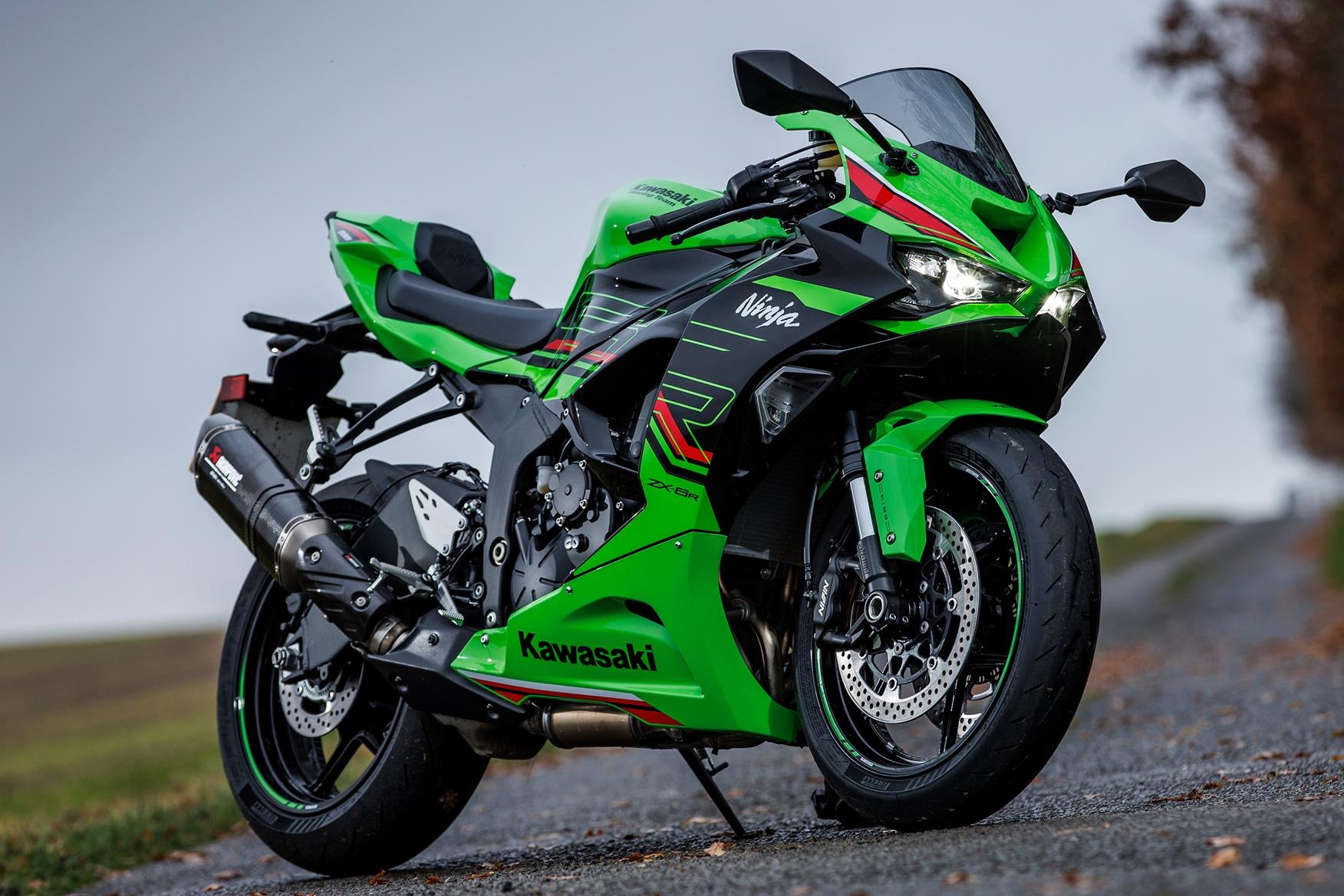
1. Kawasaki Ninja ZX-6R
The Kawasaki Ninja ZX-6R is a high-performance sport bike that thrives on short, intense bursts of riding rather than sustained touring. Designed for agility, speed, and track capability, its primary strengths do not align with the requirements of long-distance comfort.
The 636cc inline-four engine delivers impressive acceleration and high-revving power, which is thrilling for spirited rides. However, this performance-oriented tuning often comes at the expense of relaxed cruising ability. The riding position is one of the main challenges for touring. The Ninja ZX-6R has an aggressive, forward-leaning stance that places considerable weight on the wrists and shoulders.
This position, while ideal for controlling the bike during fast cornering, can cause discomfort and fatigue within a few hours of highway riding. The seat is narrow and firm, prioritising feedback and responsiveness over long-term cushioning.
Wind protection is minimal compared to dedicated touring machines. The small windscreen and fairing are designed to reduce drag at high speeds rather than shield the rider from hours of wind blast. On extended trips, this exposure can be tiring and even physically draining, especially at sustained highway speeds.
Storage capacity is virtually non-existent without aftermarket solutions. The Ninja ZX-6R does not come with saddlebags or luggage mounts, meaning riders would need to rely on backpacks or strap-on bags, which can be inconvenient and affect the bike’s balance.
Fuel range is another limiting factor. The smaller tank size, combined with the high-revving nature of the engine, means frequent stops for refuelling. For a bike built to excel in short, spirited rides and track days, this is not a serious drawback.
However, for touring purposes, it becomes a major inconvenience. The Ninja ZX-6R is best enjoyed in shorter bursts where its sharp handling and responsive power can shine without the demands of long-distance endurance.
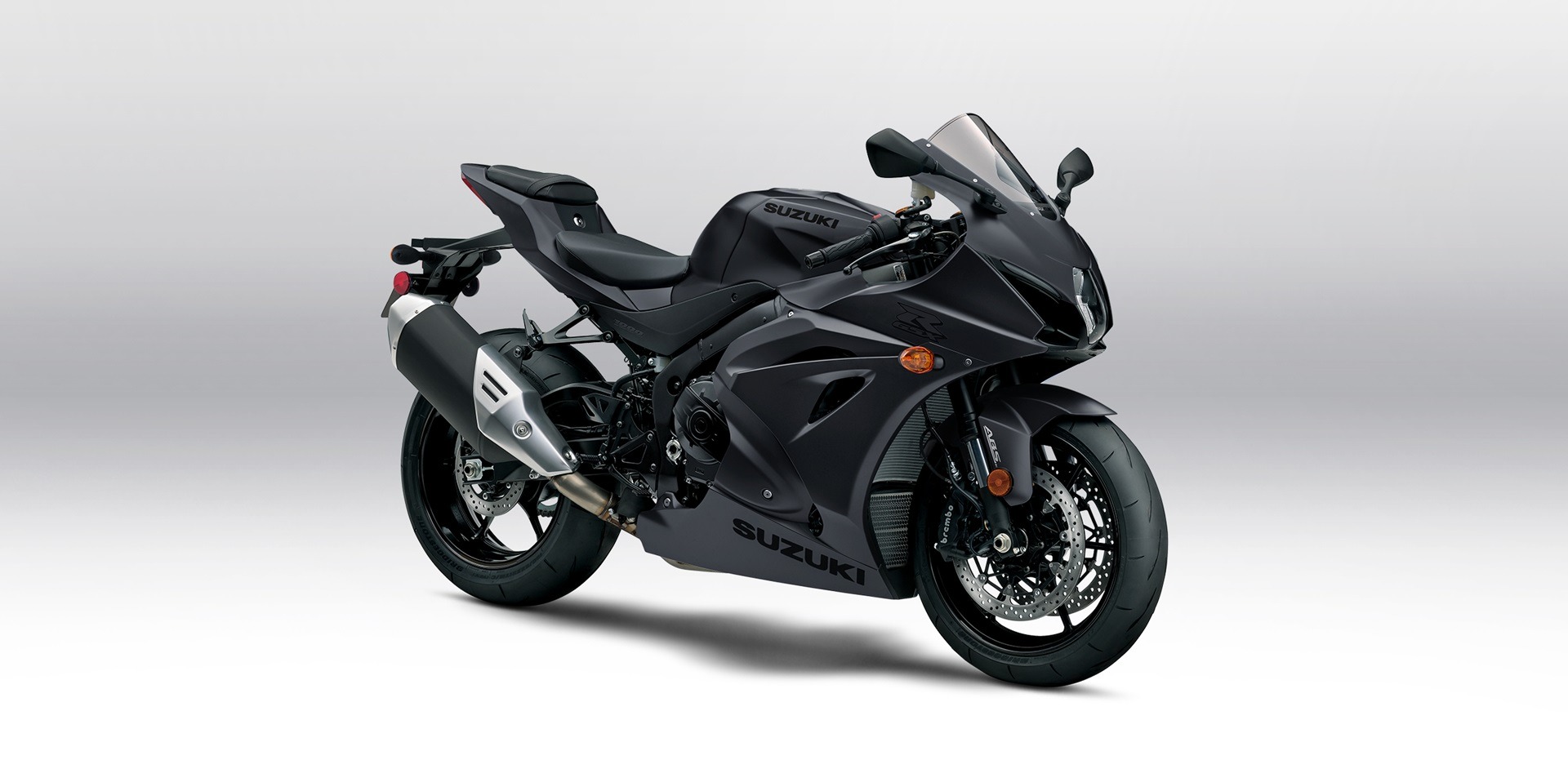
2. Suzuki GSX-R1000
The Suzuki GSX-R1000 is one of the most respected litre-class sport bikes in terms of raw performance, but it is far from ideal for long-haul travel. Built for speed and razor-sharp handling, its engineering priorities centre around track performance and aggressive street riding rather than relaxed, all-day touring.
The engine, a 999cc inline-four, is capable of producing exhilarating acceleration and top-end power. While this makes it exciting for short rides, the constant temptation to push the bike hard can make sustained cruising impractical. The aggressive power delivery also leads to more frequent fuel stops, which interrupt the flow of long trips.
The ergonomics are designed for an aerodynamic tuck, positioning the rider in a crouched, forward-leaning stance. This places strain on the wrists, neck, and lower back as time goes on. The seat is narrow and firm, providing excellent road feel but little in the way of plush comfort. After an hour or two, most riders begin to experience discomfort that grows steadily worse with each mile.
Wind protection is minimal. The windscreen is small and sits low, intended to provide aerodynamic benefits at track speeds rather than touring comfort. Prolonged exposure to wind buffeting can cause fatigue and even neck strain, especially during high-speed travel on open highways.
Storage is virtually absent, with no integrated luggage solutions. Riders looking to tour on the GSX-R1000 must resort to tank bags or tail bags, which can compromise comfort and manoeuvrability. While aftermarket modifications can improve touring practicality slightly, they cannot fully offset the bike’s inherently aggressive nature.
The GSX-R1000 is a precision machine designed for those who crave speed and performance. For riders seeking to cross state lines in comfort, there are far better options than this high-strung sport bike.
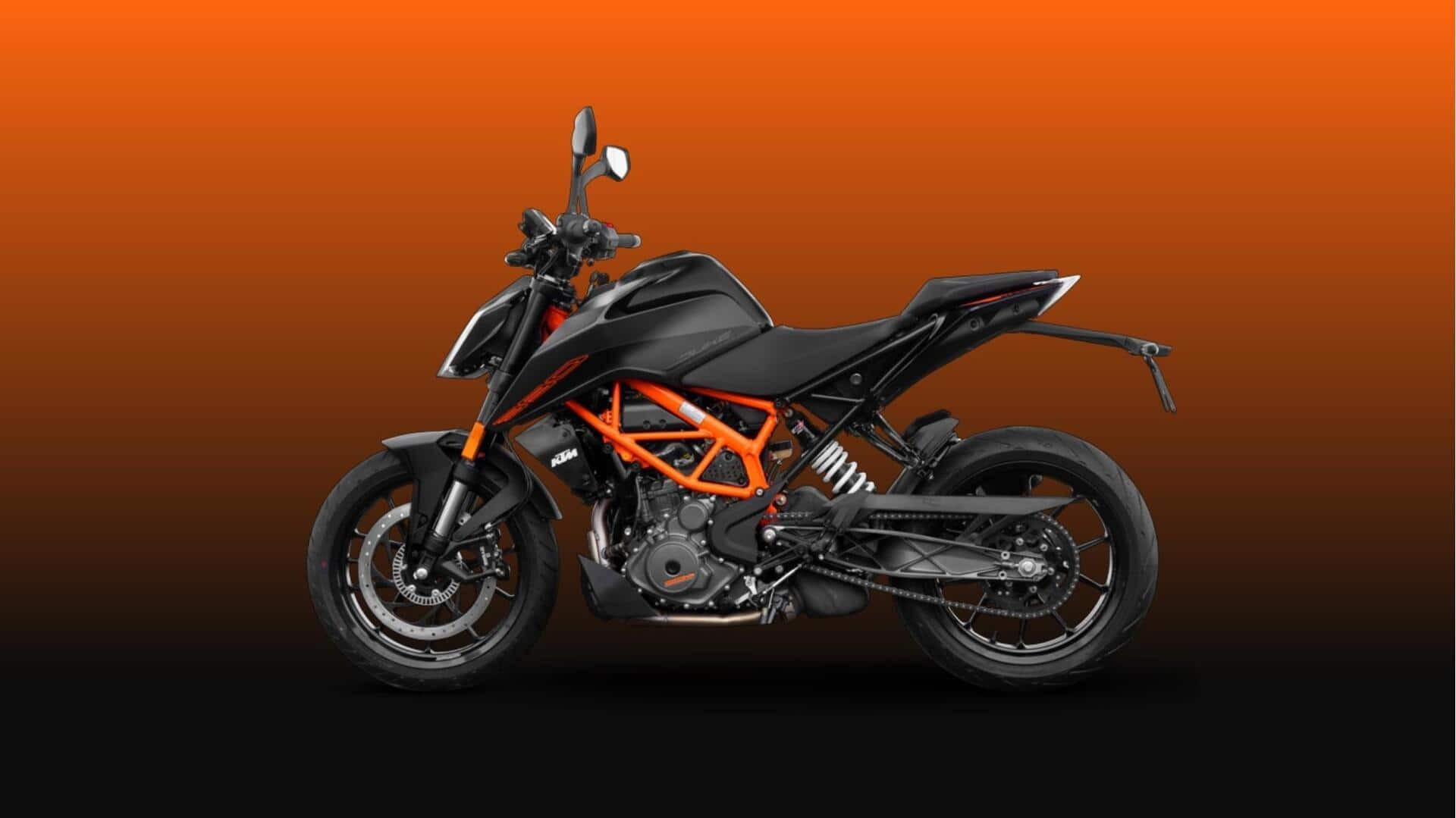
3. KTM 390 Duke
The KTM 390 Duke is a lightweight street bike that excels in urban environments and short weekend rides but struggles with the demands of long-distance travel. Its 373cc single-cylinder engine delivers nimble handling and zippy acceleration at city speeds, but it lacks the sustained power and stability required for extended highway use.
One of the main challenges for touring on the 390 Duke is its size and weight. While its light frame makes it agile in traffic, it can feel unsettled at high speeds, especially when buffeted by crosswinds or passing larger vehicles. The engine, though spirited in short bursts, works hard to maintain highway speeds for long periods, leading to vibration and rider fatigue.
The upright seating position is comfortable for shorter rides, but the narrow seat lacks the padding needed for all-day journeys. Extended time in the saddle can result in discomfort, and the lack of wind protection compounds the problem. The small headlight cowl and minimal bodywork do little to shield the rider from constant airflow.
Fuel capacity is modest, limiting the bike’s range between stops. While this is rarely an issue for commuting or city riding, it can become frustrating on tours where fuel stations may be far apart. Storage is also limited, and carrying luggage often requires aftermarket racks or soft bags, which can affect handling.
The KTM 390 Duke is an excellent choice for beginners or riders who value agility and efficiency in tight spaces. However, when it comes to crossing long distances in comfort and stability, it falls short compared to motorcycles purpose-built for touring.
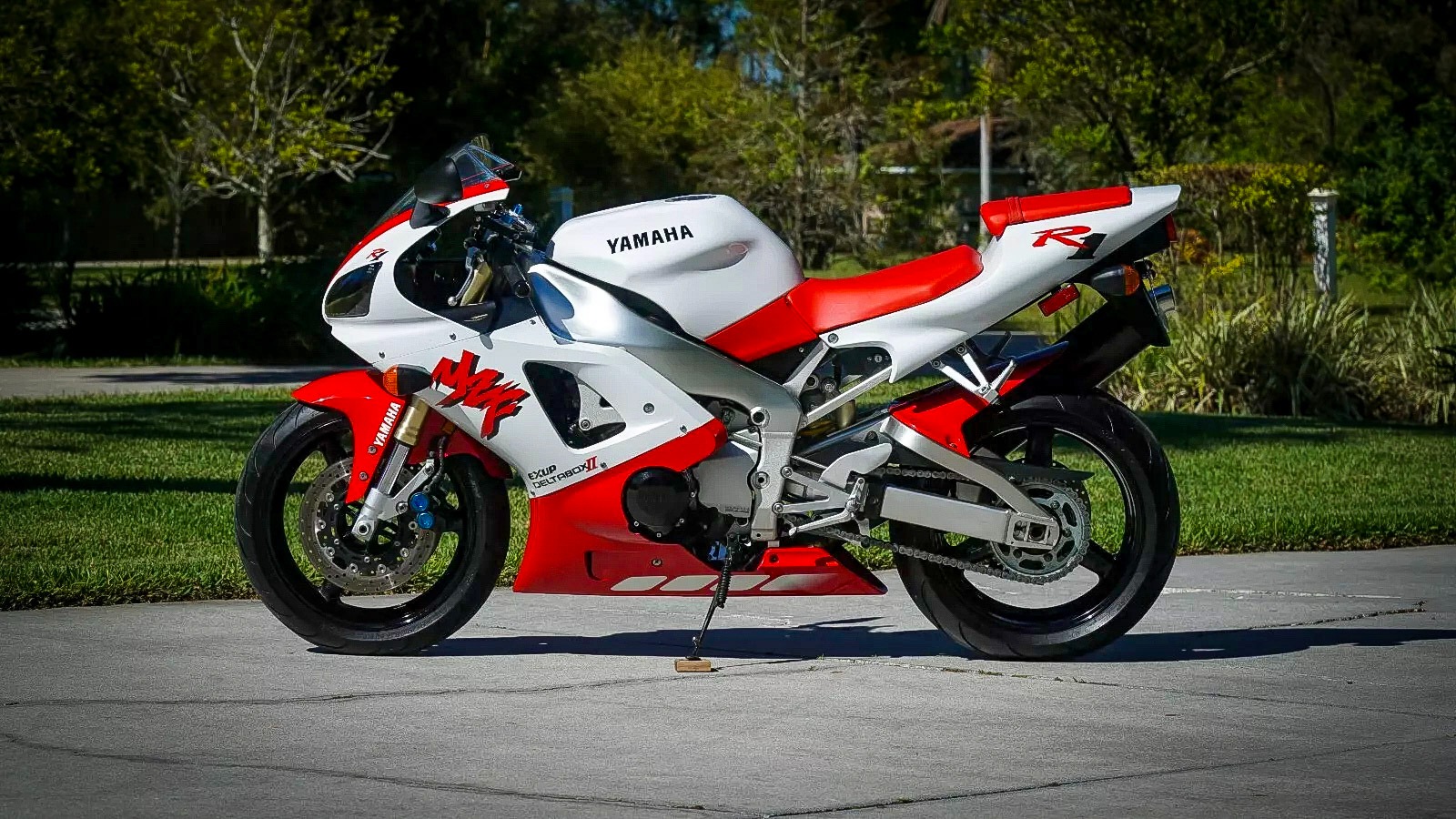
4. Yamaha YZF-R1
The Yamaha YZF-R1 is a legendary superbike with a race-derived pedigree, but its design philosophy does not cater to long-distance comfort. The bike’s 998cc crossplane inline-four engine delivers thrilling performance, producing exceptional acceleration and top-end speed. However, this high-strung nature demands a focused, engaged riding style that can be physically exhausting on extended trips.
The ergonomics are built for aggressive riding. The low clip-on handlebars and rear-set footpegs create a crouched position that is ideal for cornering at high speeds but uncomfortable for relaxed cruising. Prolonged time in this position places strain on the wrists, shoulders, and back. The seat is firm and narrow, further reducing comfort after a while.
Wind protection is minimal, with a small windscreen and compact front fairing. At sustained highway speeds, the rider is exposed to strong wind pressure, leading to increased fatigue. This effect is more pronounced on windy days or in open terrain.
Fuel range is relatively short due to the small tank and the engine’s thirst for fuel at higher speeds. Frequent stops can slow down travel progress, making the R1 less practical for riders covering hundreds of miles in one stretch. Storage options are also virtually non-existent without aftermarket solutions, and carrying huge luggage can disrupt the bike’s sharp handling.
While the Yamaha YZF-R1 offers a level of performance that thrills sport bike enthusiasts, it is not designed for comfort, storage, or sustained cruising. For riders who prioritise endurance and comfort on cross-country trips, more touring-oriented motorcycles will always be the better choice.
Also Read: 5 Bikes That Ride Smoothly and 5 That Shake Constantly
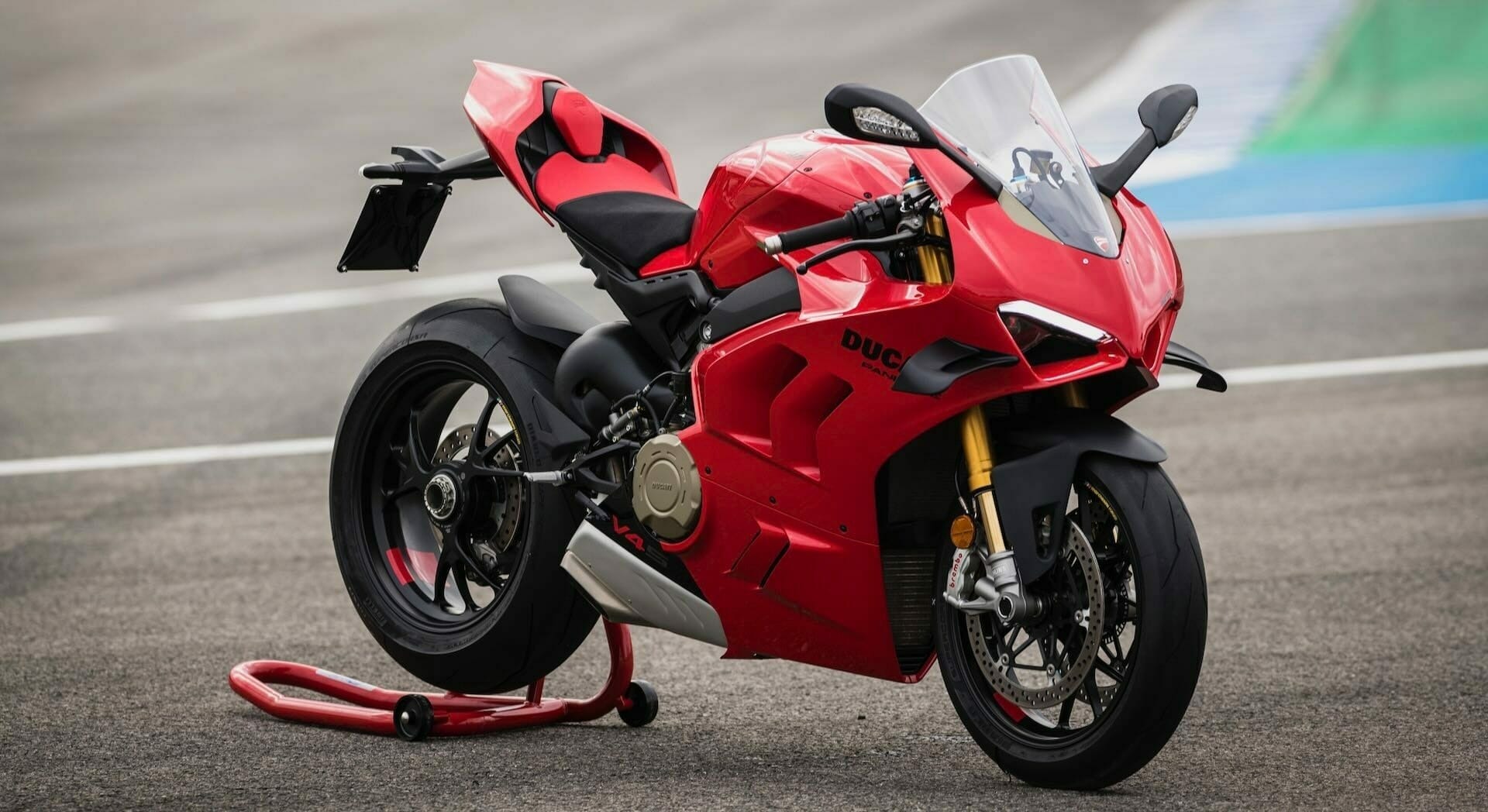
5. Ducati Panigale V4
The Ducati Panigale V4 is a technological marvel of the superbike world, boasting a 1,103cc V4 engine that delivers extraordinary power and precision. It is engineered for track dominance and high-speed performance, leaving little room for long-distance touring comfort.
The riding position is one of the most aggressive among production motorcycles. The low handlebars, high rear-set footpegs, and forward-leaning posture place the rider in a committed stance that is perfect for racing but punishing for prolonged highway riding. This posture causes strain on the wrists, neck, and back within a short time.
The seat is designed for minimal interference with body movement rather than long-term cushioning. Combined with the stiff suspension setup, the Panigale V4 transmits every road imperfection directly to the rider, which can become exhausting over several hours.
Wind protection is minimal, with a low-profile windscreen and compact fairing that focuses on aerodynamics rather than comfort. Riders are exposed to substantial wind blast at touring speeds, which adds to the physical demand of riding this machine over distance.
Storage capacity is absent, and there is no provision for integrated luggage. Any attempt to add bags will require aftermarket mounts, which can detract from the bike’s sleek design and impact its handling. The fuel range is also limited, requiring more frequent stops during long rides.
The Ducati Panigale V4 is a masterpiece of speed, handling, and technology, but its focus is firmly on maximum performance. Riders seeking a practical touring motorcycle will quickly find its aggressive nature and lack of comfort to be barriers for long-distance use.

